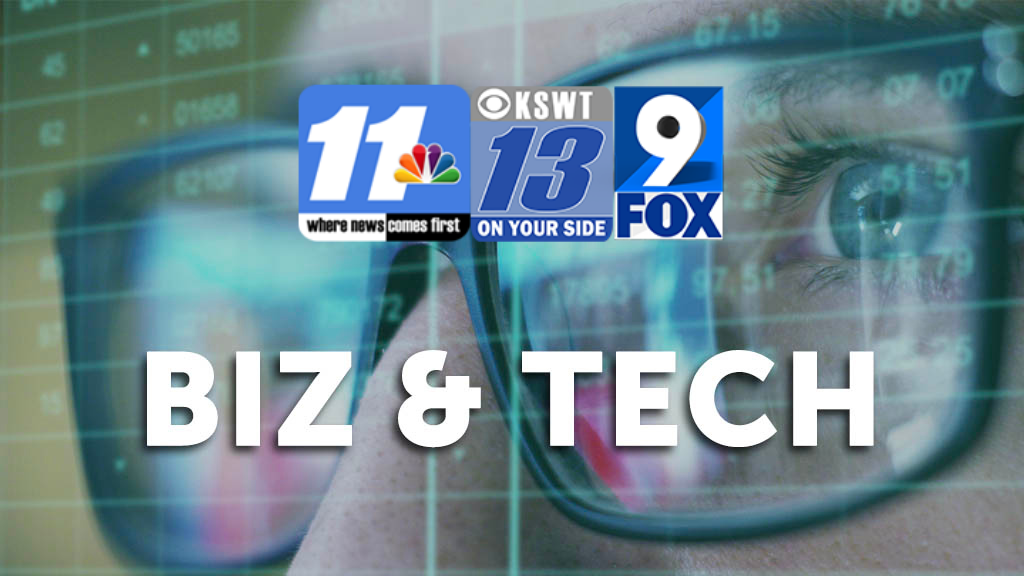What we learned from Robinhood’s IPO prospectus

By Allison Morrow
Editor’s Note: A version of this story appeared in CNN Business’ Nightcap newsletter. To get it in your inbox, sign up for free, here.
ROBINHOOD’S GOING PUBLIC
Big week for our friends over at Robinhood. Yesterday they got slapped with a record $70 million FINRA fine. Today, they’re jetting toward an IPO.
If you missed it, we discussed Robinhood’s litany of regulatory headaches yesterday (you can catch up here).
Here’s what we learned from Thursday’s filing:
- The company plans to raise $100 million when it begins trading on the Nasdaq.
- Robinhood is setting aside as much as 35% of its Class A shares for individual investors on its own platform — a much larger allocation for retail investors than in a typical IPO.
- The company revealed that it manages more than $80 billion for some 18 million users on its platform, more than half of which are first-time brokerage accounts.
- It’s actually profitable! Robinhood grew sales to $958.8 million last year, up 245% from the prior year. It turned a $7.5 million profit last year, a significant improvement from a $106.6 million loss in 2019.
- Its ticker symbol: HOOD. (OK, not bad)
- The company also revealed it reached a settlement out of court with the family of Alexander Kearns, the 20-year-old who died by suicide last year after seeing a huge negative balance on his Robinhood account. (My colleague Matt Egan has more on the settlement.)
THE TAKEAWAY
The less-than-a-decade-old startup is surprisingly profitable and has a huge customer base. It’s already proven its ability to disrupt the brokerage industry — that “no fee” trading model forced virtually every other online brokerage to drop their fees, and the app broke down barriers for millions of non-professional investors to access the stock market.
Now, Robinhood’s got to prove its credibility. As a publicly traded company, it’ll be much harder to get away with the outages and errors that have plagued the app in the past. It’s one thing for Robinhood customers to lose money by missing out on trades — it’ll be quite another for its shareholders to lose money because Robinhood can’t get its act together.
WIPE OUT
Among the many pandemic-panic-purchases of last spring, Clorox wipes were among the most coveted and hard to find. They flew off the shelves as we tried to triple disinfect our surroundings.
But a year later, our devotion to that cleanliness has faded, and that’s bringing Clorox down.
In April, the company said quarterly sales were flat compared with a year ago, and adjusted earnings fell nearly 15%. Shares are down more than 10% this year, making Clorox one of the worst performers in the S&P 500. The stock has fallen about 25% from its pandemic peak price last summer. Sales and earnings are expected to be flat in 2022.
What’s a disinfectant to do? The company says it’s trying to focus more on products for businesses as people head back to the office. But here’s some free advice for Clorox: We want that bleachy scent without all the hassle of cleaning, so make a Clorox-scented candle I can light when I’m too lazy to actually disinfect every surface of my home. I’d buy 10 of them.
QUOTE OF THE DAY
“Did we aggressively fight against some of the science? Yes. Did we join some shadow groups to work against some of the early efforts? Yes, that’s true… We were looking out for our shareholders.”
Keith McCoy, a senior ExxonMobil lobbyist, appears to have unwittingly revealed how the oil company uses its political muscle to undercut climate action in an interview that was secretly recorded by Greenpeace’s UK investigative unit. Oopsie doopsie?
GO, WALLY
All, right, Jeff — you broke me.
There are few people more cynical than I when it comes to CEOs pulling stunts like, I dunno, slipping the surly bonds of earth and rocketing into subobital space on their own private spaceflight mission. Yay, OK, wow good for you, sir.
But Jeff Bezos announced Thursday, in a terribly cute video, that on his July 20 Blue Origin flight, he’ll be joined by Wally Funk, the 82-year-old pilot who trained at NASA but never got her chance to go to space.
If you don’t know Wally, here’s a quick bio: She was the youngest woman to graduate from NASA’s “Mercury 13” program, otherwise known as the “Women in Space” program, in 1961. She even spent 10 hours and 35 minutes inside a sensory deprivation tank in one Mercury 13 test, outperforming John Glenn.
NASA still didn’t put her on a mission.
“I didn’t think I would ever get to go up,” Funk says. “They say, ‘Wally, you’re a girl, you can’t do that.’ I said, ‘Guess what, doesn’t matter what you are, you can still do it if you want to do it,’ and I like to do things that nobody’s ever done before.”
Wally, in short, is a gem. She didn’t get to go to space, but she’s now logged more than 19,600 flying hours as a pilot and has taught more than 3,000 people how to fly private and commercial aircraft.
In less three weeks, her dream will come true, and we can’t think of anyone more deserving. Even I’m choking up watching Blue Origin’s promotional video. Godspeed, Wally!
FUN FACT OF THE DAY
Speaking of space travel… When Sally Ride became the first woman to go space, NASA asked her how many tampons she would need for her six-day trip. And no joke, they asked her if 100 would be enough. One hundred tampons. For six days. The anecdote, which Ride recalled in an oral history, inspired comedian Marcia Belsky’s hilarious viral song last year.
The-CNN-Wire
™ & © 2021 Cable News Network, Inc., a WarnerMedia Company. All rights reserved.